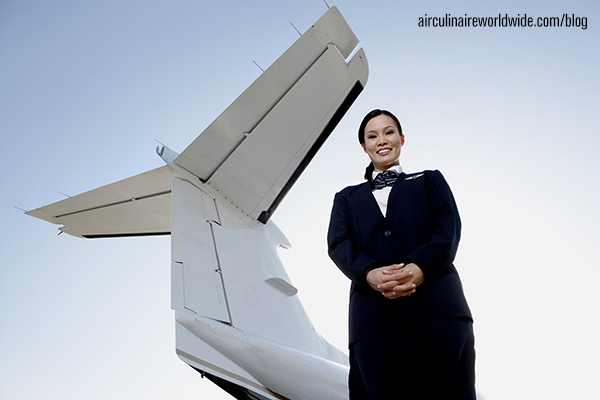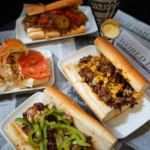Here are a few tips to help you take the step up from commercial cabin crew to private aviation. If you are already flying as a corporate cabin crewmember, we invite you to read on as well since you may pick up a few tips, or this can serve as a refresher. Once you have completed the necessary training to become a corporate flight attendant, these tips will help you prepare your CV and reach out for interviews.
- First, make sure you meet all of the requirements. If you do not fulfill all of the requirements, determine what you need to do in order to check off all the requirement boxes. For example: You might need to take a course or learn a new skill.
- When writing an introductory email, be sure to keep it short and the content concise. Whether it is a human resources manager or a cabin crew manager, that will receive your email, the time they have to invest in reading each correspondence is very limited since this is an extremely competitive industry.
- If you want to attach a cover letter to your CV, keep it very brief. State your career aim in only 3-4 lines. Realize that many recruiters may not even read cover letters since so many applicants keep them so general, and some may even copy and paste from templates available online. Make yourself stand out by thoroughly researching the company you are applying to and tailoring the content of your cover letter to explain how you can contribute to the company’s success. State punctual objectives instead of generalized self-recommendations.
- Your CV must be neat and have good grammar. Make sure you do not have any typos, unusual fonts, colors or artwork. An example of a preferred font style is to use Helvetica in 14 point; this is very easy to read.
- Include all essential details about yourself, including your name, nationality, age, birthdate, permanent address, contact details, height and weight.
- Next, add your qualifications and experience. You should also include information on the visas you hold and their validity, as well as all of the aircraft types you have trained on and are current on. You should leave recruiters with no room for questions on all of these details.
- The photos you include must be high-resolution and taken by a professional photographer. Avoid any photos that show you in a casual setting and dressed in any manner that is less than highly professional. Keep in mind that a lot of the time, these photos are shown to aircraft owners or the aircraft owner’s office. Any amateur or inappropriate photos will cause your CV to be discarded immediately without ever being read.
Questions?
If you have any questions about this article, contact Monica Lazar at info@cabincrewexcellence.com.
| This is an article by guest author Monica Lazar. Monica is a co-founder of Cabin Crew Excellence, the world’s top magazine for cabin crew. Any thoughts expressed in this article are entirely Monica’s and do not necessarily reflect the views of Air Culinaire Worldwide. |
If you would like to be considered for becoming a guest author, please contact socialmedia@airculinaire.com.





